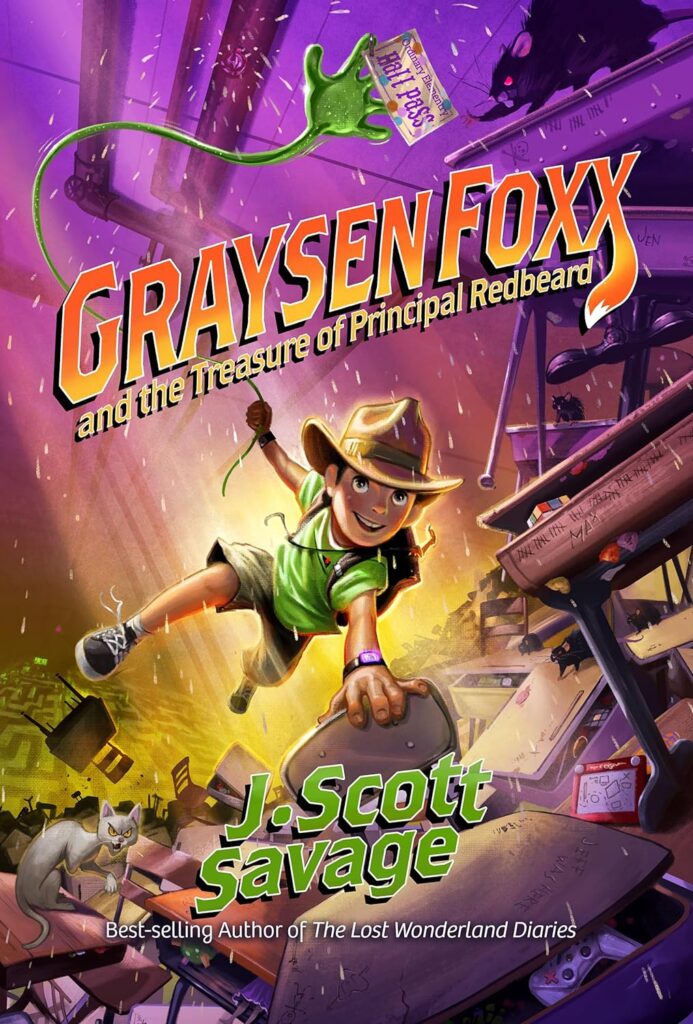From the introduction to Adassa’s podcast interview with LDSPMA: Adassa exudes a zest for life. She’s fiery and confident and speaks with a passion that makes you want to eat whatever salsa she’s eating. Above all her fame, she knows what’s important and how to stay in an eternal lane. A proud descendant of Latin ancestors who sacrificed dreams and pleasures, Adassa is a talented musician of world-class renown who is the voice of Delores in Disney’s “Encanto.” She is wildly popular for her rendition of “We Don’t Talk about Bruno.” Her creative journey is inspiring and eventful.
Connie Sokol, the host of the “Called to Create” podcast, hosted Adassa in March 2023. Much of their conversation focused on how Adassa has kept her family at the center of her life while being called to create. Here are three ways Adassa has prioritized her family while continuing to create music for the world to enjoy.
Remember Family Stories and Sacrifices
Aspiring to be part of the music industry isn’t new to Adassa—both her mother and grandmother loved to sing and had dreams of being singers. Adassa herself dreamed of being a singer since she was little. Neither her mother nor her grandmother were fully able to live out their dreams—they instead went into the medical field.
Adassa shared her family’s story when she auditioned for “Encanto” at Disney. Her parents had both made many sacrifices to be able to come to the United States. As a result, Adassa had many opportunities that she wouldn’t have had without them. She says, “If this is all they (the producers) hear of me, they’re gonna hear my father’s name… I don’t know when I will have the opportunity for their names to be remembered in the minds of these creatives.”
Keep Family the Top Priority
Since being signed to her first record deal at eighteen years old, Adassa has traveled the world. Her career has given her opportunities to sing with Luis Fonsi, Missy Elliott, and Pitbull, among many others. She sang at Madison Square Gardens and in the American Airlines Arena.
Connie asked Adassa, “How did you keep your head? How did you keep grounded?”
Adassa said, “Well, family to me is number one and has always been my first love… the first thing is to keep them together.”
She went on to say that she wanted to be the best at the beginning of her career, so she had to study the market, follow trends, and be competitive. As a result, she became famous. She found herself pushing the line until she couldn’t go further. She was grateful for the opportunities she’d had in her music. And then she said, “I know what I believe and I know my principles, and I am unwilling to compromise my principles to go to another level.” She was comfortable, so she decided to retire. And then she was home, making bread and teaching her kids.
Connie later asked her, “You (and your husband) both are working in the same industry, and you’re both parenting, and then there’s gotta be time for you guys. How do you navigate the shifting of gears together?”
Adassa said, “I would say it becomes a list of priority. And for us, because our kids are first priority, we have tried to have a live-in [working style]… We kind of do it in the way that works for us.” Adassa and her husband Gabe, who is a music producer, take turns being the stay-at-home parent while they each travel, go on tour, and take advantage of the opportunities that come their way.
Don’t Be Afraid to Turn Down Money for Moments
Adassa’s family principles are very important to her. She has learned to say, “Thank you, but no” when an opportunity doesn’t line up with what she ultimately wants in life. She asks herself, “Does this align with my priorities and my principles?”
Adassa recommends that other creators imagine every step, every yes, and every no to achieve a dream. She said, “Like a chess game, you gotta see the end result before you move a piece.” Otherwise, creators could feel resentment toward their family members for unrealized dreams and expectations.
She has turned down seven- and eight-figure opportunities because they don’t align with her principles. She said, “Sometimes you have to say no to money so you can say yes to moments—and moments you can never get back.”
Adassa went on to say that moments are priceless. She looks for opportunities to take her family of seven children with her whenever she can. They come to see her perform and go on tours with her. “No amount of millions of dollars could ever pay for that moment that I’m gonna miss.”
This article is based on the Called to Create podcast featured during Season 3, Episode 5. You can listen to the full podcast here.






